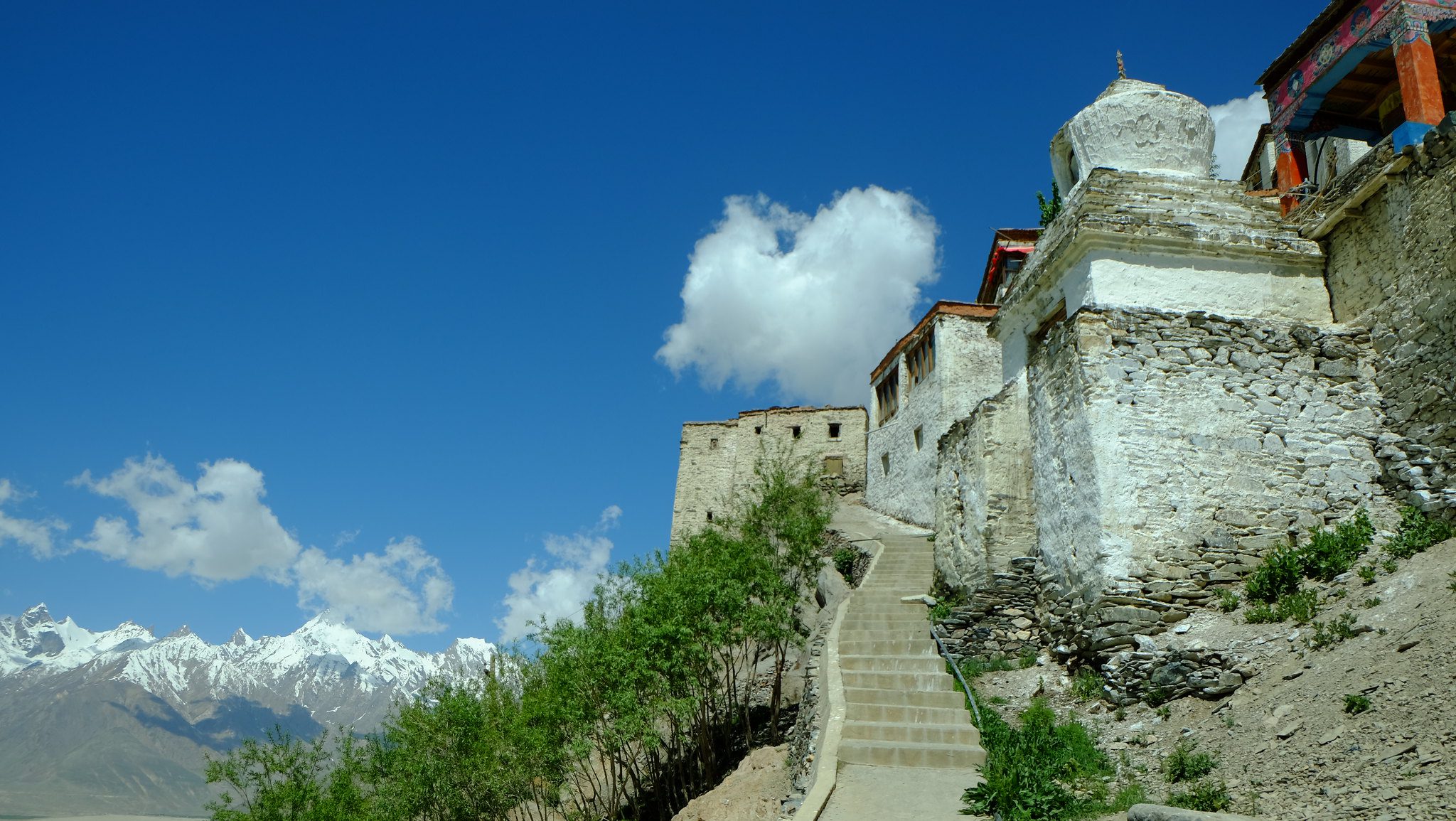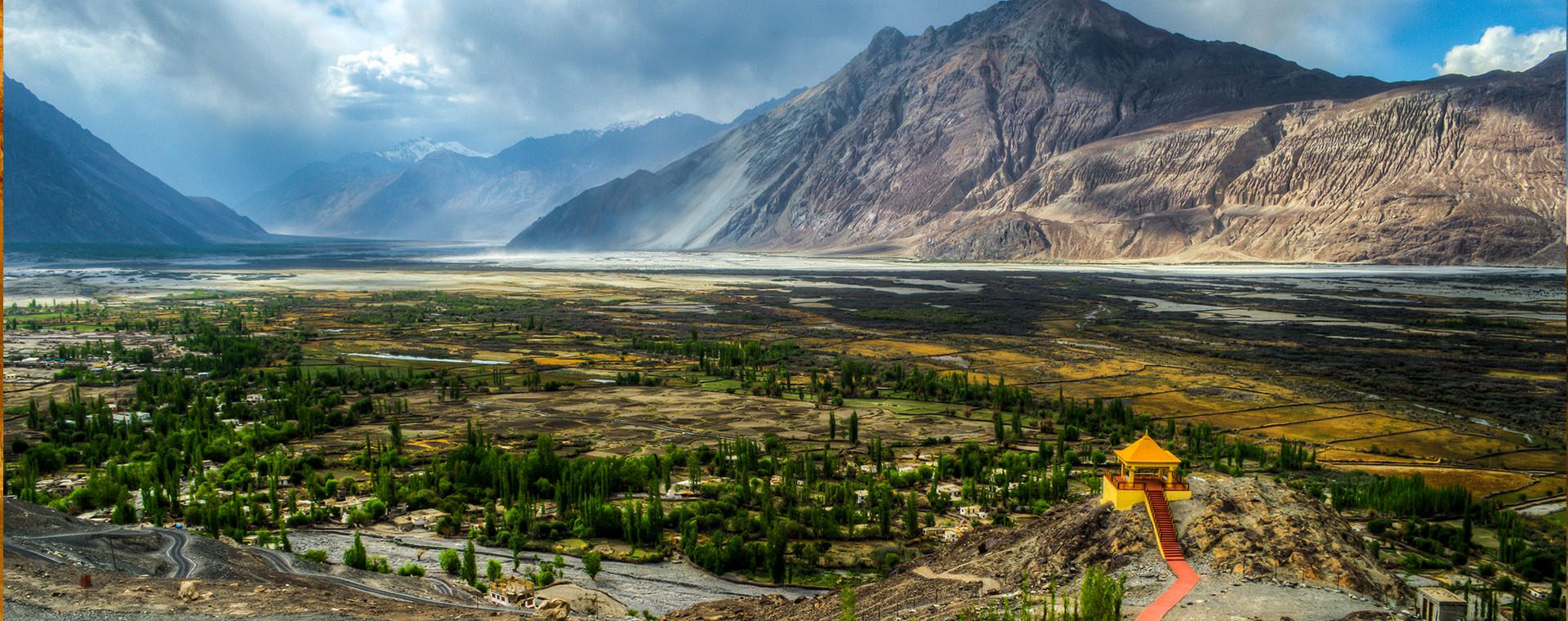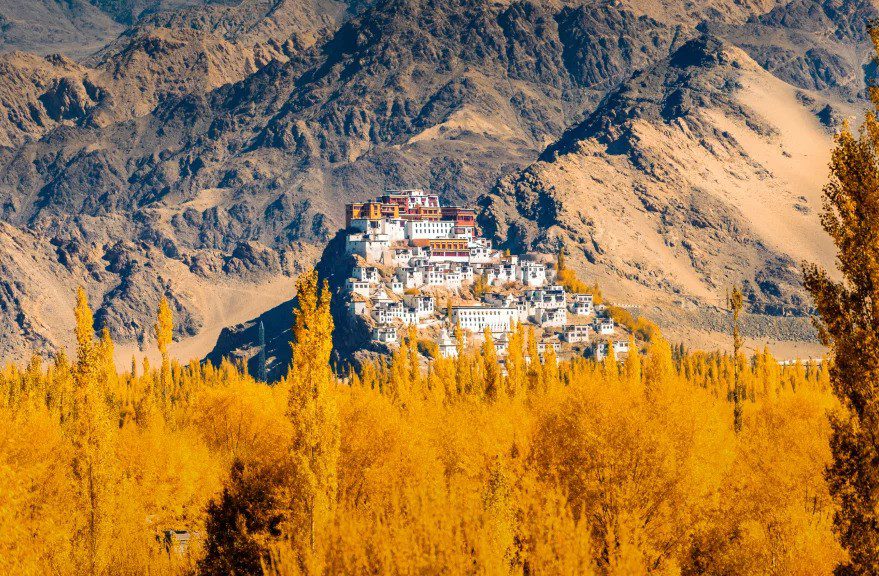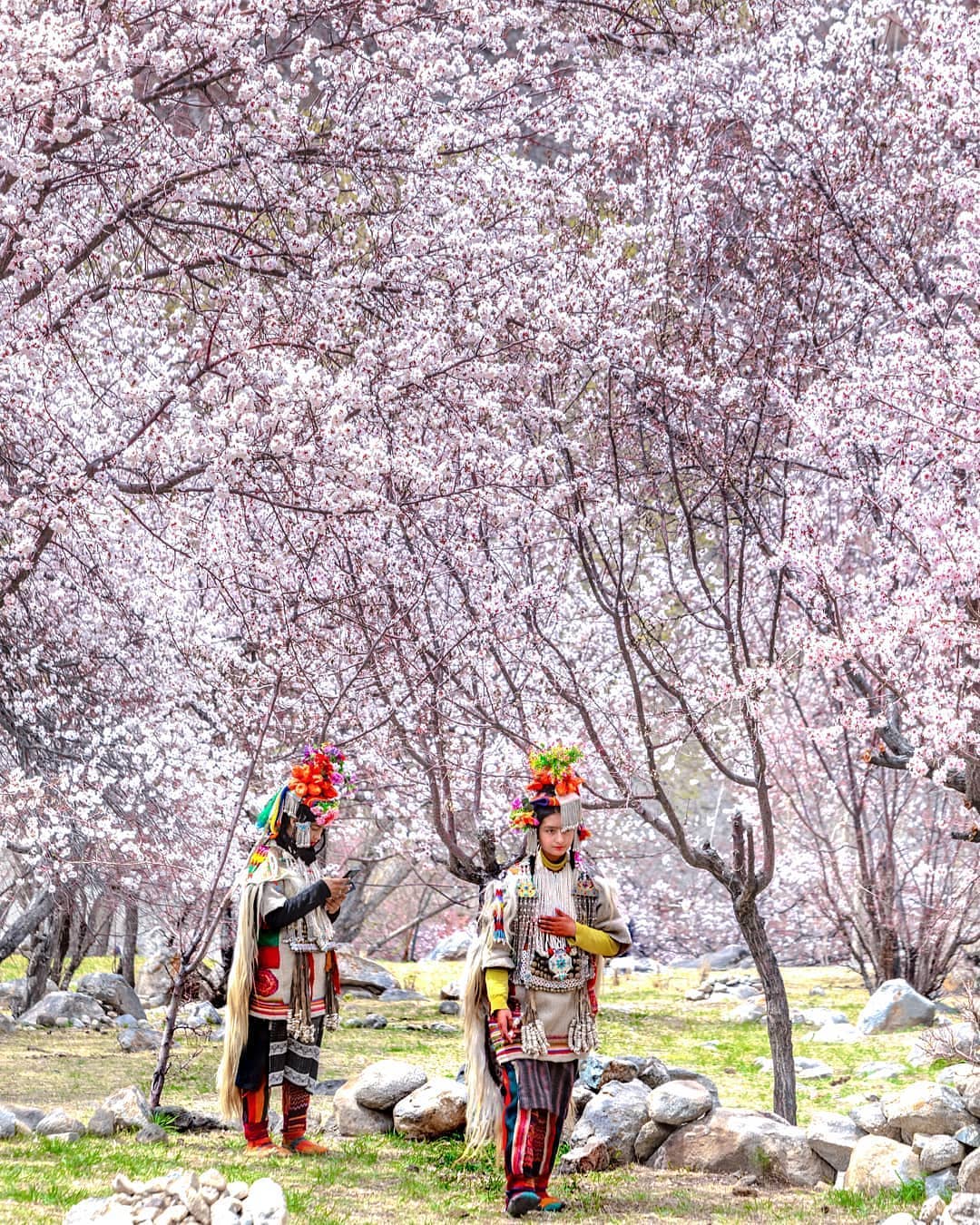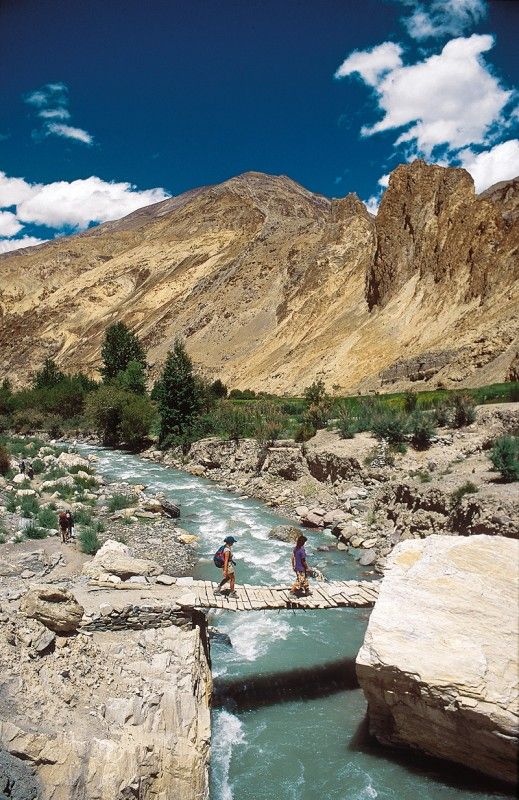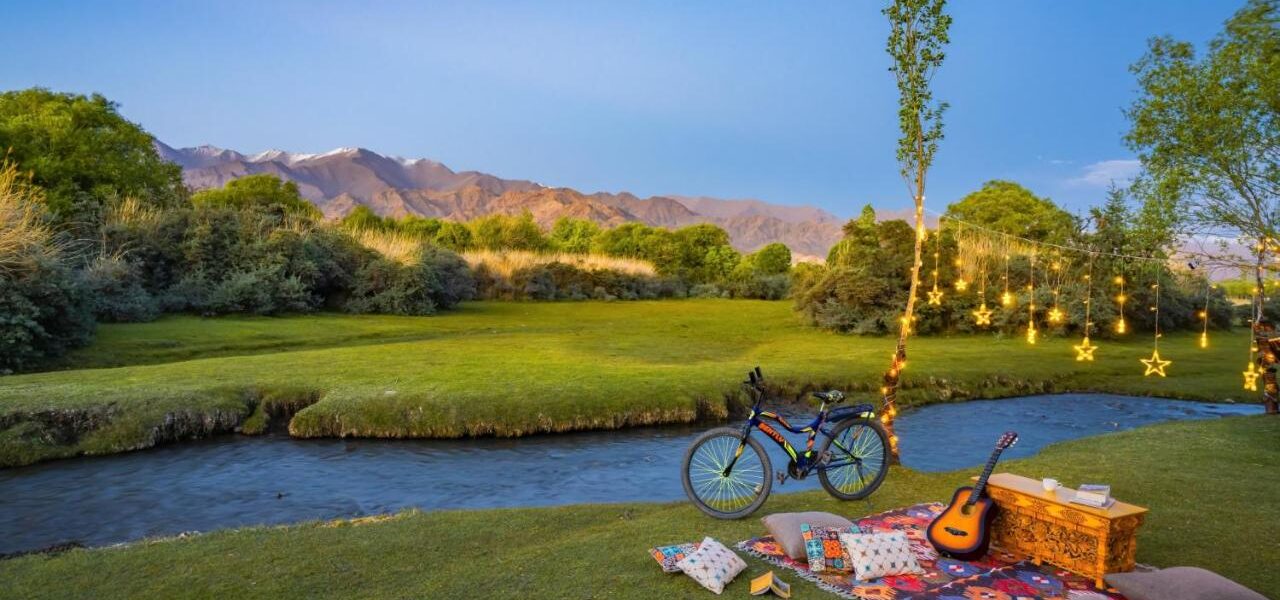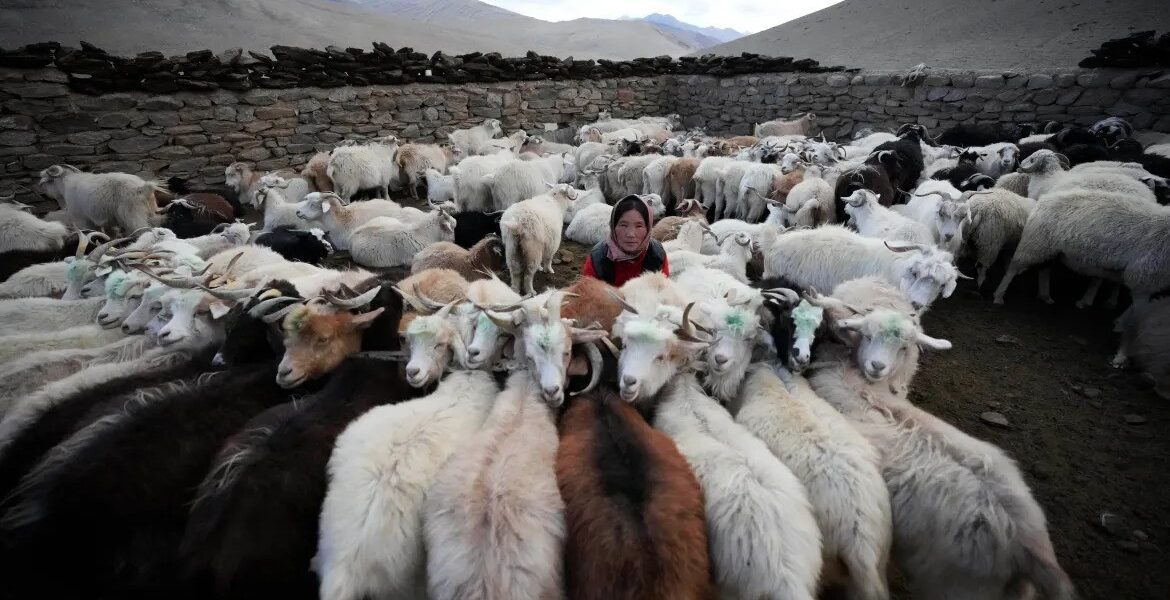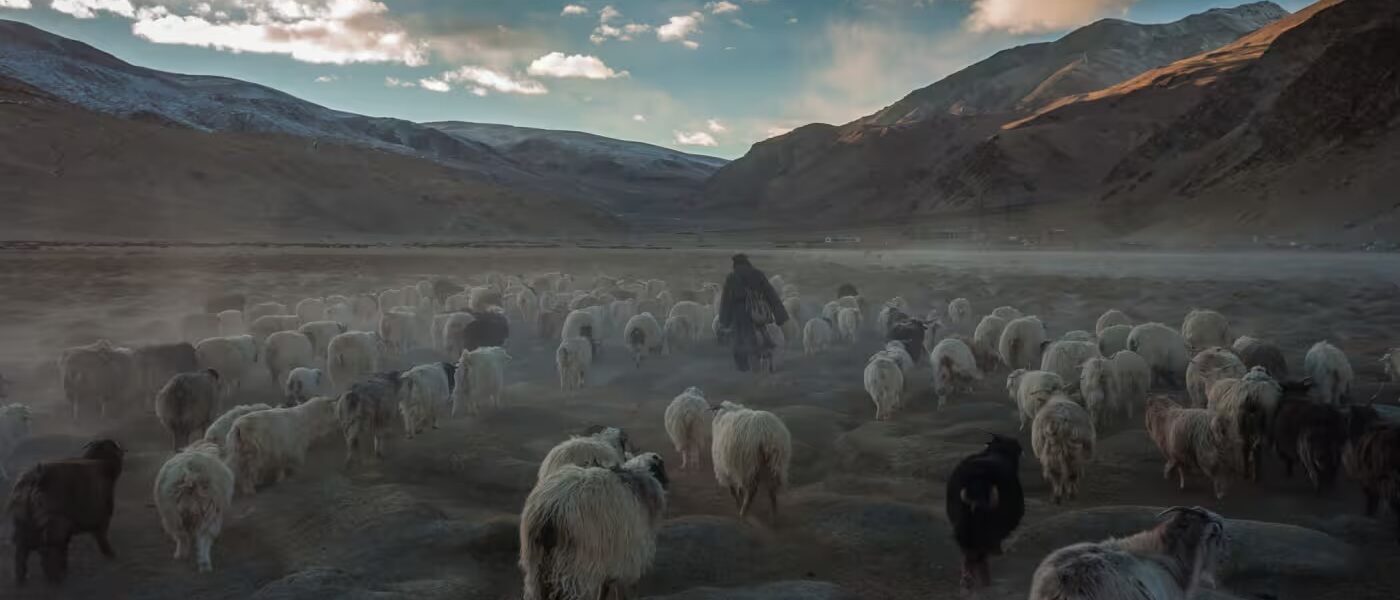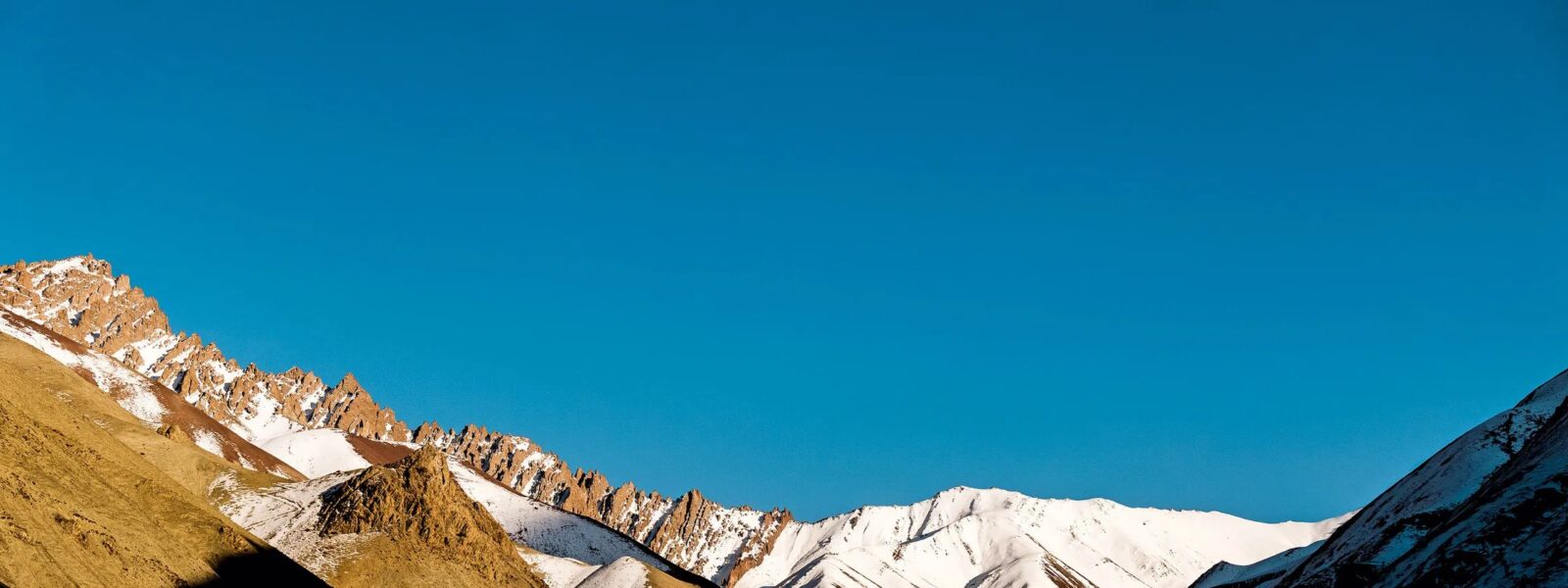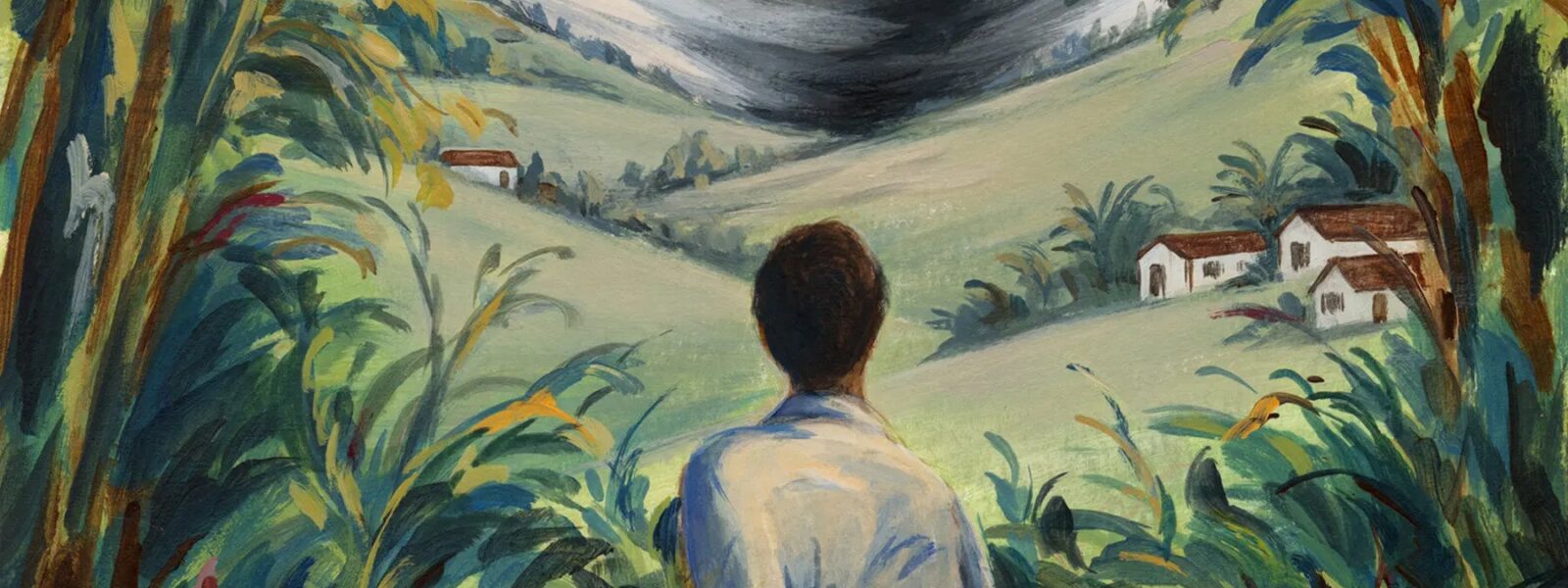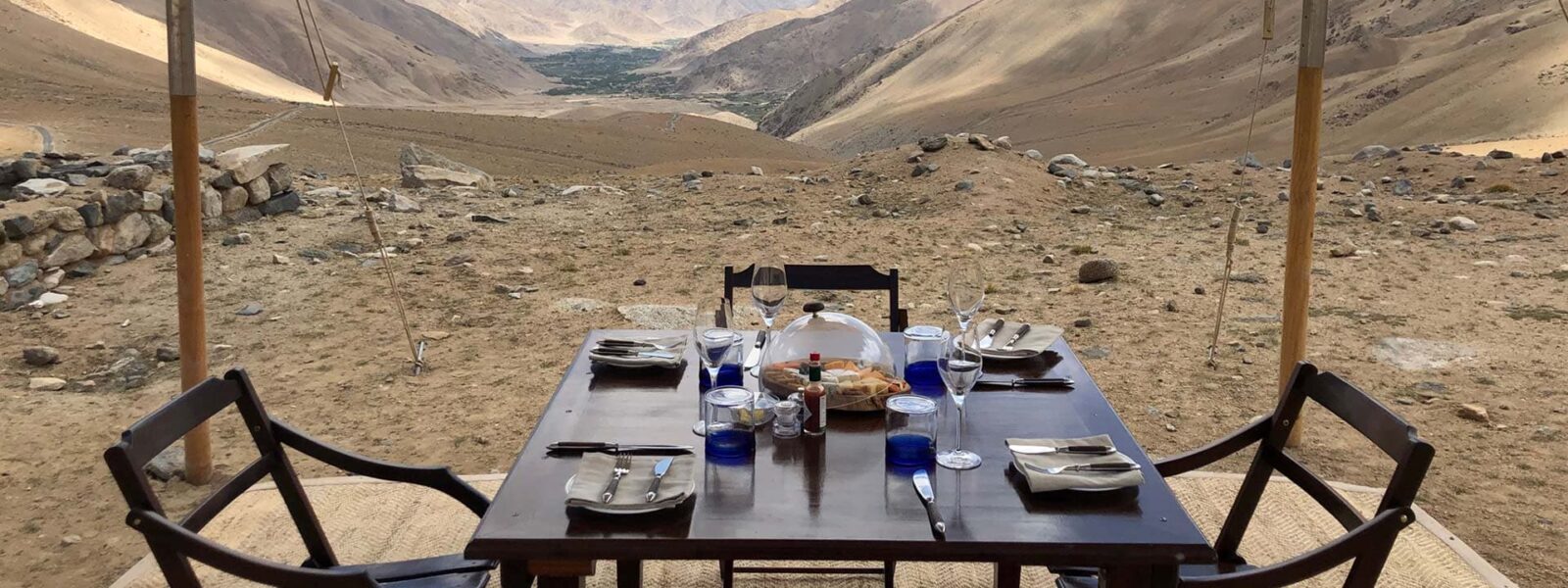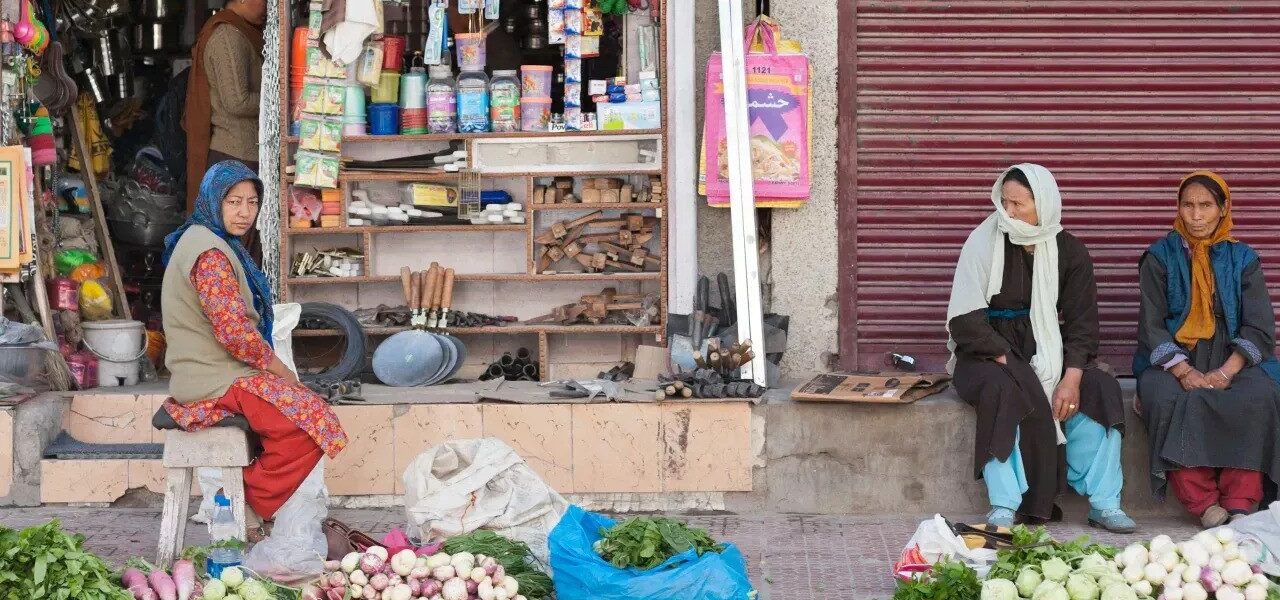Ladakh Travel: A Journey Through the Himalayas
Ladakh doesn’t welcome you. It challenges you. The mountains don’t bow, the wind doesn’t whisper your name, and the air doesn’t offer mercy. This place, perched high in the Himalayas, strips away your pretenses and lays bare the rawest parts of you. Ladakh isn’t a postcard; it’s a revelation—and not all revelations are kind.

The Arrival: Thin Air, Thick Silence
Leh—the gateway to Ladakh—isn’t a city. It’s a punctuation mark in the vast, unbroken sentence of the mountains. At 3,500 meters above sea level, the air tastes different here. Thin, sharp, and laced with the faint aroma of dust and cold stone. My first steps off the plane felt like walking into an alternate reality, one where the rules of comfort and convenience didn’t apply.
The guesthouse owner greeted me with a curt nod and a cup of butter tea. It was warm, salty, and completely alien—much like Ladakh itself. “Rest today,” he said, his voice clipped. “The altitude will test you.” He wasn’t wrong. Every breath felt like a negotiation with the mountains.
That first day passed in a haze. I sat on the terrace, watching the sun creep across the jagged peaks. The world felt vast, indifferent, and utterly still. It wasn’t peace I felt; it was insignificance.

The Roads: A Dance with Fear
The road to Khardung La, one of the highest motorable passes in the world, isn’t just a path; it’s a test. A serpentine strip of gravel clinging to cliffs that plunge into oblivion. The driver, a wiry man with calloused hands, handled the wheel like it was an extension of himself.
“First time in Ladakh?” he asked, his eyes on the road ahead. I nodded, clutching the door handle like it was a lifeline.
“Then remember this,” he said, his voice steady. “The mountains don’t care if you’re brave. They’ll respect you if you’re humble.”
At the summit, prayer flags fluttered violently in the wind, their colors vivid against the monochrome of the snow-dusted peaks. I tied my own flag to the line, feeling small under the expanse of sky. The altitude made every breath a labor, but it was worth it. Up here, the world felt stripped of noise and pretense, leaving only the essentials: earth, sky, and your place between them.

Nubra Valley: A Mirage of Softness
Descending into Nubra Valley, the landscape transformed. The jagged peaks gave way to golden sand dunes, stretching out like a desert dreamed into existence. The Bactrian camels, with their double humps and deliberate gait, moved like relics of a bygone era. This was once a vital stop on the Silk Road, and the air still carried whispers of traders and caravans long gone.
That night, I stayed in a homestay with a Ladakhi family. Dinner was simple: steaming bowls of thukpa, warm bread, and a shared silence that spoke louder than words. The family didn’t ask questions, and neither did I. Words felt unnecessary here, where the mountains loomed outside and the stars spilled across the sky like scattered diamonds.
Stepping outside after dinner, the cold bit at my skin, but the sky held me captive. The Milky Way stretched across the heavens, brighter and closer than I’d ever seen. In that moment, I felt both infinite and insignificant—a paradox that only Ladakh could conjure.

The Spiritual Heart: Thiksey Monastery
On my third day, I visited Thiksey Monastery, a whitewashed fortress perched on a hill like a sentinel of faith. The climb to the top left me gasping for breath, but the view was worth every step. Below, the valley spread out in a patchwork of green fields and barren earth, framed by the ever-present mountains.
Inside, the air was thick with the scent of butter lamps and ancient wood. The monks moved silently, their crimson robes a stark contrast to the white walls. In the main temple, a massive statue of the Maitreya Buddha gazed serenely over the room. There was something timeless in that gaze, something that made me feel both insignificant and infinite at the same time.
As the chants began, a low, rhythmic hum that seemed to vibrate through the stone walls, I closed my eyes. For the first time in years, my mind was quiet. Ladakh didn’t just show me its beauty; it demanded I confront my own.

The Lessons of Ladakh
Ladakh isn’t gentle. It’s a land that teaches through discomfort and awe. The thin air, the biting cold, the unrelenting silence—all of it strips away the superficial and leaves you with only what matters.
One afternoon, as I wandered through a small village, an old man waved me over. He handed me a handful of dried apricots, their sweetness a sharp contrast to the barren land around us. His face was lined with age, his eyes steady and unreadable. He didn’t say a word, and neither did I. But in that moment, something passed between us—an understanding, perhaps, or simply an acknowledgment of shared existence.

A Farewell, But Never a Goodbye
As my time in Ladakh drew to a close, I found myself standing on the terrace of my guesthouse one last time. The sun dipped below the mountains, casting long shadows that seemed to stretch into eternity. The air was cold, but I stayed outside, watching as the first stars pierced the twilight.
Ladakh doesn’t say goodbye. It doesn’t cling to you or ask you to return. It doesn’t need to. This place imprints itself so deeply that it becomes a part of you, a quiet echo that lingers long after you’ve left.
On the flight back, I looked out at the peaks one last time. They stood as they always had, indifferent and eternal. And somewhere deep inside, I knew a part of me had stayed behind, lost in their silence.

Q&A Section
Q: What is the best time to visit Ladakh?
A: The best time to visit Ladakh is between May and September when the roads are open, and the weather is relatively mild.
Q: What should I pack for a trip to Ladakh?
A: Essential items include warm clothing, sunscreen, high-altitude medication, comfortable trekking shoes, and reusable water bottles.
Q: Is Ladakh suitable for solo travelers?
A: Yes, Ladakh is safe and welcoming for solo travelers. However, ensure you plan your itinerary carefully and stay prepared for high-altitude conditions.
“Ladakh changed the way I see the world. The mountains, the silence, and the resilience of its people left an indelible mark on my soul.” – A Traveler’s Reflection
“Every corner of Ladakh feels like a different planet. It’s not just a trip; it’s a journey to rediscover yourself.” – Guest Testimonial
Ladakh travel
Ladakh travel | The journey through Ladakh mirrors the very essence of unraveling unknown horizons, as its dramatic landscapes and unique cultural identity awaken the deepest sense of wonder and exploration. Ladakh travel delves into this realm where inner peace intertwines with the wild, untouched beauty of Ladakh. From the snow-capped peaks to the serene monasteries, every step in Ladakh is a step toward self-discovery. The mountains, ancient paths, and unspoken mysteries stretch before travelers, offering a meditative experience where each encounter feels both effortless and transformative. Whether it’s trekking across remote valleys or sitting quietly beside a sacred lake, Ladakh invites those who seek a deeper connection to the natural and spiritual world.

Ladakh travel
The monasteries of Ladakh stand as living monuments to the region’s profound spiritual heritage. With origins dating back over a thousand years, these ancient structures are both places of worship and repositories of art, culture, and wisdom. Hemis Monastery, one of the largest in Ladakh, is renowned for its annual festival, featuring colorful mask dances performed by monks. The history of these monasteries reflects Ladakh’s role as a crossroads between India, Tibet, and Central Asia, where religious and cultural influences have intertwined over the centuries.
The Tibetan Buddhist influence is especially evident in the architecture and daily life of the monks. Prayer wheels, intricate murals, and the soft hum of chants fill the air as visitors explore the monastery grounds. Each monastery, from the remote Lamayuru to the awe-inspiring Thiksey, offers a window into the spiritual heart of Ladakh. These centers of meditation, learning, and community life continue to thrive, preserving traditions that have shaped Ladakh for generations.
Ladakh travel for Ladakh travel?
Ladakh is a destination that transcends mere travel. It offers a journey that touches both the outer and inner landscapes, making it a perfect setting for those who seek to unravel their own unknown horizons. The region’s breathtaking scenery—from towering mountain ranges to hidden valleys—provides not just an escape but a space for contemplation and growth. Ladakh’s culture, deeply rooted in Buddhist practices, invites visitors to reflect on their own lives and the world around them.
Ladakh’s people, known for their warmth and hospitality, add to the richness of the experience. Villages like Sumda Chun and the legendary Nubra Valley introduce travelers to a way of life that is intricately connected to nature and spirituality. Staying in local homestays allows for immersive experiences where one can learn about traditional Ladakhi customs, share meals made from local produce, and participate in community rituals.

Beyond its natural beauty, Ladakh offers a unique opportunity to explore oneself. The vastness of the region’s plateaus and the clarity of its skies seem to mirror the vastness of the human spirit. Whether it’s standing atop a mountain pass at 18,000 feet or meditating in a centuries-old monastery, Ladakh helps unravel the unknown horizons within each traveler.
Finding the Best Ladakh travel in Ladakh
Finding the best places in Ladakh to experience “Ladakh travel” involves venturing off the beaten path. Ladakh’s lesser-known treks, such as those leading to secluded monasteries or high-altitude lakes, offer unparalleled opportunities for solitude and reflection. The Markha Valley trek, for instance, takes travelers through verdant valleys, ancient villages, and high-altitude passes, allowing for both physical and spiritual exploration.
Ladakh’s iconic lakes, including Pangong Tso and Tso Moriri, are ideal spots for quiet contemplation. Their still waters reflect the sky, creating a mesmerizing landscape that feels timeless and infinite. Sitting beside these lakes, especially at dawn or dusk, brings an overwhelming sense of peace and connection with nature.

For those interested in Ladakh’s spiritual heritage, exploring monasteries such as Alchi, Phyang, or Diskit can be a transformative experience. These sites are not just places of worship but also centers of art, philosophy, and wisdom. Visiting these monasteries, with their ancient murals and intricate statues, offers insight into Ladakh’s rich cultural tapestry.
Ladakh’s Atmosphere and Ladakh travel
Ladakh’s atmosphere is unlike any other place on Earth. The stark contrasts between the rugged mountains and the serene, tranquil monasteries create an environment that feels both raw and sacred. The traditional decor in Ladakhi homes and religious sites reflects this balance, with mud-brick houses adorned with prayer flags and colorful thangkas (Buddhist paintings) that add warmth and spiritual meaning to the space.

The interiors of Ladakhi homes, often simple and functional, are filled with symbols of devotion. Small shrines dedicated to Buddhist deities are common, and the air is often fragrant with incense. The use of earthy materials, like stone and wood, along with brightly colored textiles, creates an inviting and peaceful space, perfect for relaxation and reflection.
Traditional Ladakh travel
Traditional Ladakh travel is an integral part of the region’s identity, offering a unique blend of flavors that reflect its harsh climate and remote location. Hearty, warming dishes such as thukpa (noodle soup) and momos (dumplings) provide the sustenance needed to endure Ladakh’s cold temperatures. Skyu, a thick stew made with root vegetables and barley, is another staple of the Ladakhi diet, designed to nourish both body and spirit.

Drinks like butter tea, made with yak butter and salt, are a must-try for anyone visiting Ladakh. This rich, savory drink is not only warming but also hydrating, making it essential for those venturing into the high-altitude regions of Ladakh. Chang, a local barley beer, is often enjoyed during festivals and community gatherings, adding a sense of joy and camaraderie to any occasion.
Live Cultural Ladakh travel in Ladakh
Ladakh is home to a vibrant cultural scene, with festivals and live performances held throughout the year. The Hemis Festival, which celebrates the birth of Guru Padmasambhava, is one of the largest and most famous events in the region. Monks dressed in elaborate costumes perform cham dances, which depict the triumph of good over evil. The energy of the festival, with its bright colors, rhythmic music, and elaborate rituals, draws visitors from around the world.
Other local festivals, such as the Losar (New Year) and Ladakh Festival, provide visitors with the chance to witness traditional dance, music, and crafts that have been passed down through generations. These events are more than just entertainment; they are a celebration of Ladakh’s rich cultural heritage and its deep connection to the spiritual world.
Trekking and Outdoor Activities Ladakh travel
Ladakh is a trekker’s paradise, offering some of the most stunning and challenging routes in the world. From the famous Ladakh travel, which follows the frozen Zanskar River, to lesser-known routes like the Sham Valley or Nubra Valley treks, Ladakh’s landscape offers endless possibilities for adventure and discovery. The high-altitude passes, such as Khardung La and Chang La, offer breathtaking views of snow-capped peaks and sprawling valleys.

Wildlife enthusiasts will also find Ladakh travel to be a haven for rare species such as the Ladakh Urial, Himalayan Spituk Gustor Festival, and the Spituk Gustor Festival. Winter expeditions to spot the elusive Ladakh travelin the Hemis National Park are gaining popularity among wildlife photographers and conservationists alike.
The Importance of Preserving Ladakh’s Ladakh travel
Ladakh’s rich cultural and environmental Ladakh travel is under increasing threat from climate change and mass tourism. Preserving this unique region requires careful attention to sustainable tourism practices. Choosing eco-friendly accommodations, supporting local businesses, and participating in community-led conservation efforts are just a few ways that visitors can contribute to the preservation of Ladakh’s natural and cultural heritage.
Ladakh’s people have a long history of living in harmony with their environment, practicing sustainable agriculture, and maintaining a deep spiritual connection to the land. Visitors are encouraged to follow the same principles, leaving no trace and respecting the fragile ecosystems that make Ladakh so special.
Etiquette and Tips for Visiting Ladakh travel
Before visiting Ladakh, it’s essential to understand and respect the region’s customs and traditions. As a deeply spiritual place, Ladakh requires visitors to dress modestly, especially when visiting monasteries or attending religious ceremonies. Always ask for permission before taking photographs inside monasteries or of local people.
Medical Ladakh travel
Spa trail Ladakh travel
Ladakh travel

When Ladakh travel, remember to stay on designated paths to avoid damaging fragile ecosystems. Tipping is appreciated but not expected in most settings, and it’s important to carry cash, as many remote areas do not accept credit cards. Lastly, be mindful of altitude sickness and take the necessary precautions when traveling to higher elevations.
Conclusion: Enjoying Ladakh travel in Ladakh
Ladakh is a place where the physical and spiritual worlds converge, offering travelers a journey unlike any other. Whether you’re trekking across high-altitude deserts, exploring ancient monasteries, or simply sitting in quiet reflection by a mountain lake, Ladakh invites you to unravel your own unknown horizons. By respecting the region’s traditions and practicing sustainable tourism, you help ensure that Ladakh’s beauty and cultural richness will be preserved for future generations to explore and enjoy.
